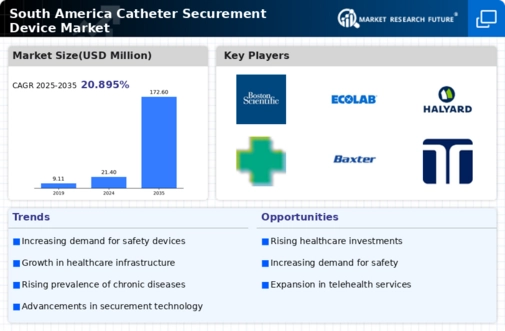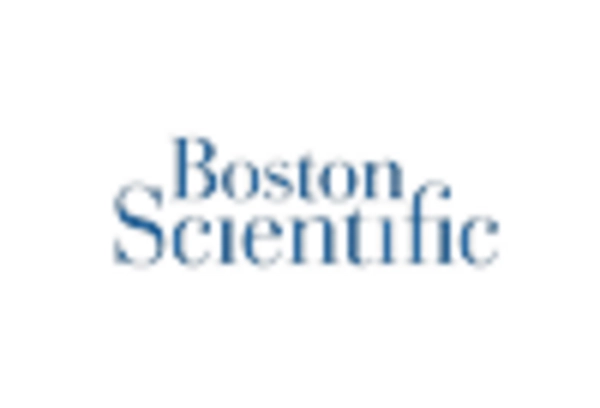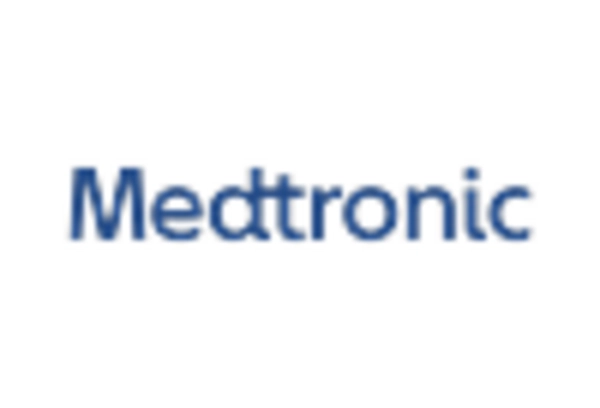Focus on Patient Safety
The emphasis on patient safety within healthcare systems in South America is a crucial driver for the catheter securement-device market. Hospitals are increasingly adopting protocols aimed at reducing catheter-related infections and complications. This focus is reflected in the implementation of best practices and guidelines that advocate for the use of securement devices. As a result, the market is witnessing a shift towards products that enhance patient safety and comfort. The demand for securement devices that can effectively prevent dislodgement and infection is likely to rise, indicating a positive trend for the industry.
Surge in Chronic Diseases
The prevalence of chronic diseases in South America is significantly influencing the catheter securement-device market. Conditions such as diabetes, cardiovascular diseases, and renal disorders necessitate frequent catheterization, leading to an increased demand for securement devices. According to recent statistics, approximately 30% of the South American population suffers from chronic illnesses, which is expected to rise. This growing patient demographic requires effective management solutions, including securement devices that minimize the risk of catheter-related complications. Consequently, healthcare providers are likely to invest more in these devices, thereby driving market growth.
Rising Geriatric Population
The increasing geriatric population in South America is a significant driver for the catheter securement-device market. As the elderly population grows, the incidence of age-related health issues requiring catheterization also rises. This demographic shift necessitates the availability of effective securement solutions to manage their healthcare needs. Projections indicate that by 2030, the elderly population in South America will account for over 15% of the total population. This trend suggests a sustained demand for catheter securement devices, as healthcare providers seek to ensure the safety and comfort of older patients.
Increasing Healthcare Expenditure
The rising healthcare expenditure in South America is a pivotal driver for the catheter securement-device market. Governments and private sectors are investing more in healthcare infrastructure, which includes the procurement of advanced medical devices. For instance, Brazil's healthcare spending is projected to reach approximately $200 billion by 2025, indicating a robust market for innovative medical solutions. This increase in funding allows hospitals and clinics to adopt more effective catheter securement devices, thereby enhancing patient safety and reducing complications. As healthcare facilities strive to improve their service quality, the demand for reliable and efficient securement devices is likely to grow, propelling the industry forward.
Technological Innovations in Medical Devices
Technological innovations are reshaping the catheter securement-device market in South America. The introduction of advanced materials and designs enhances the functionality and effectiveness of securement devices. Innovations such as antimicrobial coatings and adjustable securement systems are gaining traction among healthcare providers. These advancements not only improve patient outcomes but also align with the growing demand for high-quality medical devices. As the industry continues to evolve, manufacturers are likely to invest in research and development to create more sophisticated products, thereby driving market growth.


















Leave a Comment